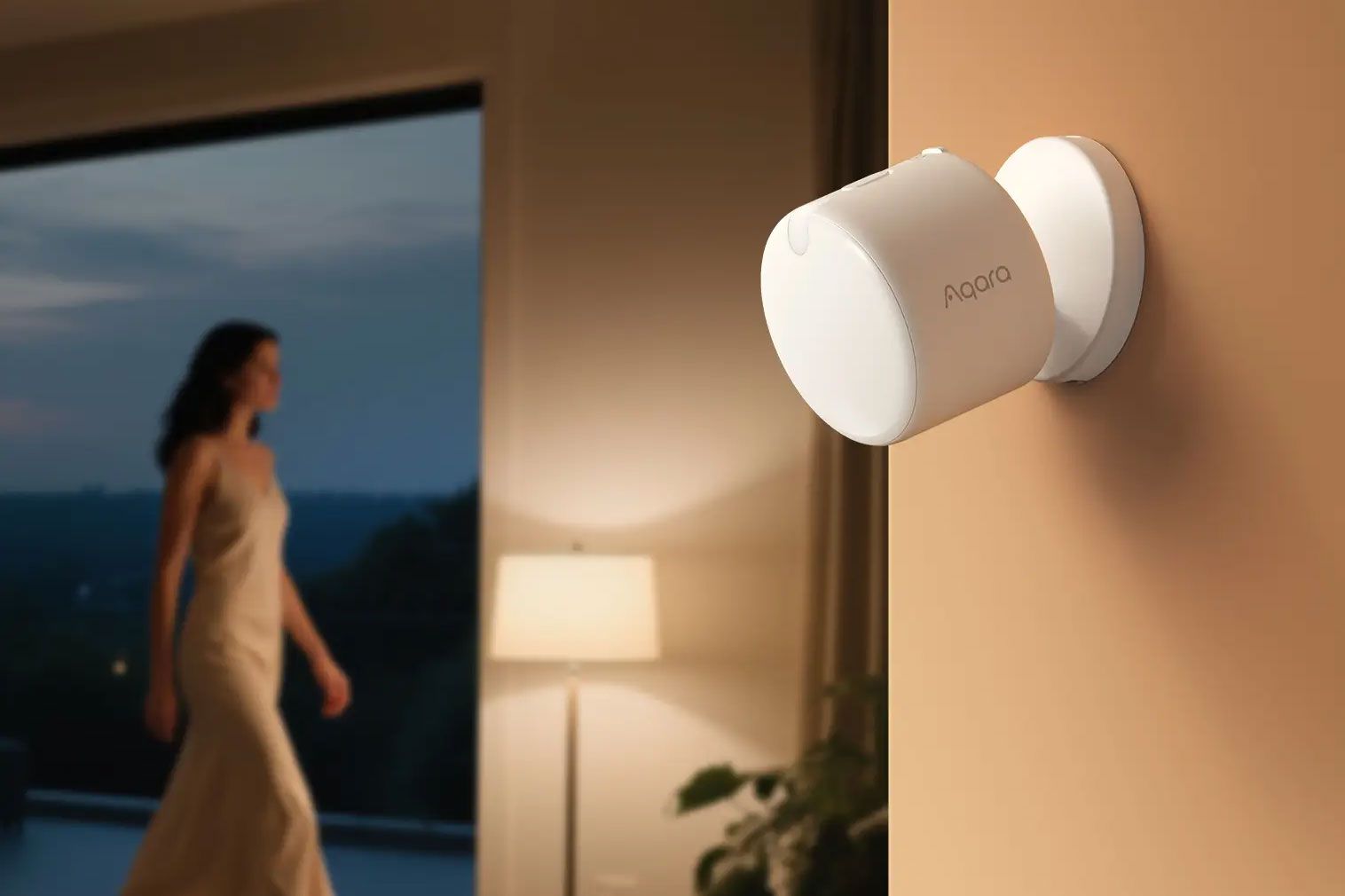Aqara just solved one of smart home's biggest headaches - finding outlets for sensors. The company's new FP300 presence detector runs for up to three years on two coin batteries, detecting both moving and stationary people while packing temperature, humidity, and light sensors into a $50 package that works across all major smart home platforms.
Aqara just cut the cord on smart home sensors - literally. The company's new Presence Multi-Sensor FP300 represents the first battery-powered presence detector in their lineup, promising up to three years of operation on a pair of CR2450 coin cells when connected via Zigbee, or two years with Thread connectivity.
The timing couldn't be better for the smart home market. While companies like Apple push deeper into home automation with enhanced HomeKit features and Google expands Nest integration, installation complexity remains a major barrier for consumers. Traditional presence sensors require permanent power connections, limiting placement options and complicating retrofits in existing homes.
"We've been preparing to eliminate these installation barriers," according to product specifications released by Aqara. The FP300 tackles this head-on by combining passive infrared (PIR) detection with 60 GHz mmWave radar technology, creating a sensor that can spot both moving and stationary people up to 20 feet away without needing wall power.
The technical approach mirrors strategies from major smart home players. Amazon has been pushing battery-powered devices across its Alexa ecosystem, while Samsung SmartThings continues expanding wireless sensor compatibility. What sets the FP300 apart is its sensor density - beyond presence detection, it packs temperature, humidity, and ambient light sensors into a single wireless unit.
For smart home enthusiasts juggling multiple platforms, the FP300's broad compatibility addresses a persistent frustration. The device supports both Zigbee and Matter over Thread protocols, enabling seamless integration with Apple Home, Google Home, Amazon Alexa, and Samsung SmartThings. This cross-platform approach reflects the industry's gradual shift toward Matter standardization, though Zigbee still offers advantages like longer battery life and more granular control options.
The battery versus performance equation reveals interesting tradeoffs. While powered sensors like Aqara's FP2 offer advanced features including multi-person tracking, fall detection, and sleep monitoring through heart and respiratory rate analysis, the FP300 prioritizes installation flexibility over feature depth.












